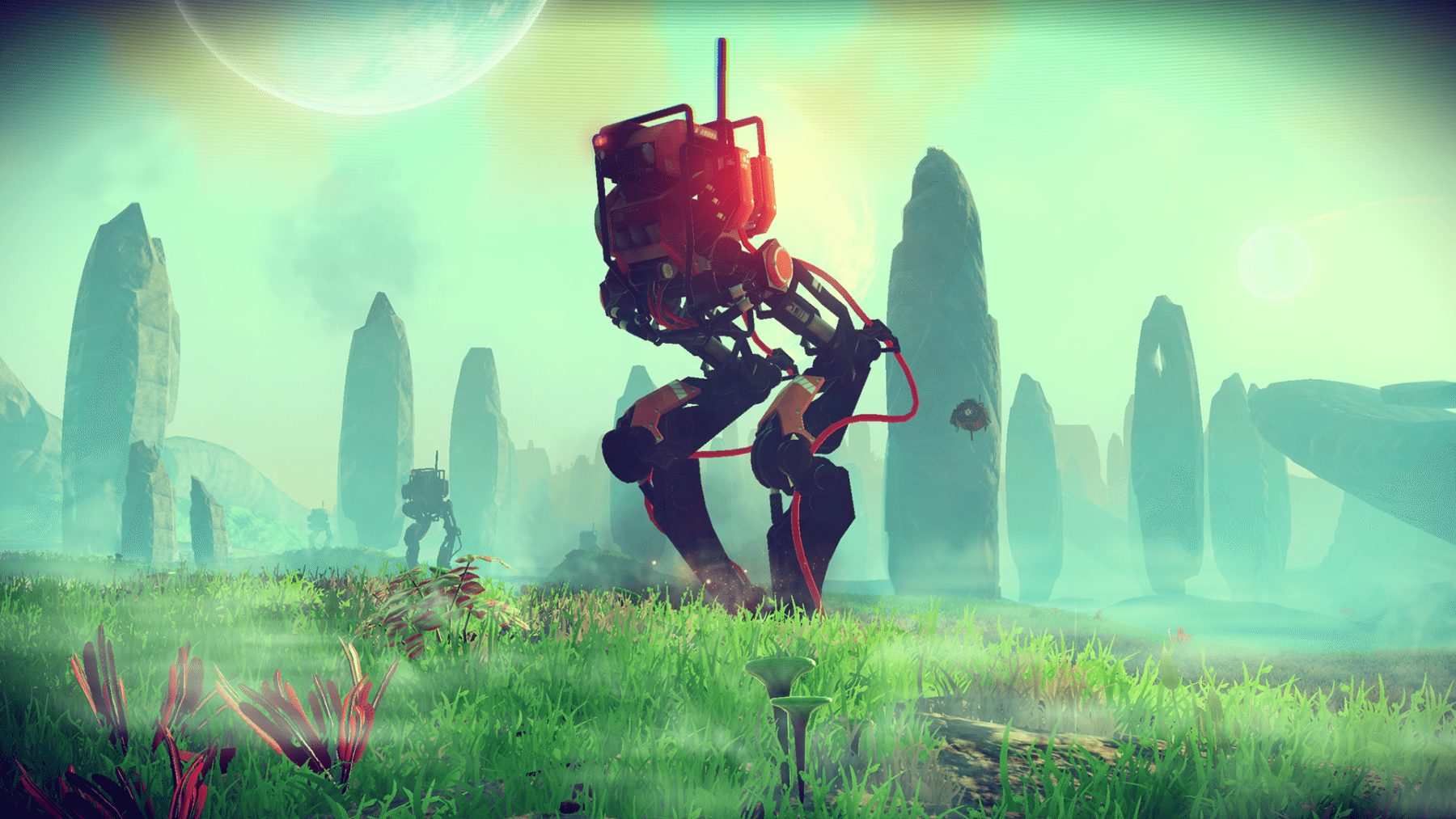When Video Games are Dead on Arrival
Given the huge amount of content found in modern games, and the fierce market pressure amongst publishers, it’s usually expected that any game these days will roll out with more than a few bugs. Although these are now easier than ever to fix through the use of internet-distributed patches, not every development team is particularly supportive of their product, and this is unfortunately becoming a worrying trend in today’s industry.
The release of No Man’s Sky is, regrettably, a shining example of this. Gamers may still remember the bitter taste of the product that released at launch – a gaming experience riddled with crashes which was especially bad for those poor souls on PC. Players also found issue with the general content of the game, which was deemed rather lacking compared to its few ambitious trailers and grand promises from head developer Sean Murray with missing features such as large space battles and a more developed system of faction interactions.
Although Hello Games, the studio behind No Man’s Sky, is very small by typical industry standards, many chose not to accept this as an excuse for the distinct lack of early communication between the developers and players at a time when it was needed most. Very little in the way of gameplay footage was revealed prior to release, and Hello Games didn’t try particularly hard to quieten the intense hype that saw the game being hailed as the equivalent of a new religion.
Post-release there were few, if any, statements released regarding the ‘missing content’ promised before the game’s release and equally as few about the crashes and bugs that plagued the game. Some of the crashes would eventually get fixed (at present there have been a few patches) as part of a long customer feedback process, but many believe that the relatively slow communication has crippled the game’s fanbase permanently. In addition, it seems as if Hello Games, and Sean Murray with it, have withdrawn entirely – the main twitter account and primary method of developer communication associated with the game (@NoMansSky) has lain dormant for well over a month, with only some patch notes left in place on the game’s website.
Much the same can be said of Pokémon GO. The phenomenon that gripped the world over the summer now seems almost non-existent compared to the pandemic-like status it held a few mere months ago. While a large part of the player base dropped off when non Pokémon fans grew tired with the game, many also took umbrage with the plethora of issues that plagued it – including (but most certainly not limited to) an insane level of battery consumption, an unstable tracking system and an ungodly amount of crashes. There was also very little official information published relating to the game; the few basic tutorials leaving many questions unanswered, such as how Pokémon can actually be found and if there were indeed any ‘legendaries’ present in the game. In addition, many devoted fans noticed that a large number of features advertised in the game’s trailer were not present in the game. Although we can cut them some slack for not actually placing Pokémon in the real world, there were other advertised elements, such as trading, which have yet to be added.

Will we ever actually see a functional tracking system again? I’m not hopeful. Image Credit: Bago Games/Flickr
Unfortunately for players, many of these issues were either fixed in a series of slow and inconsistent updates or, in the case of tracking, not fixed at all – the feature simply removed, to the ire of many. Niantic, the developer behind Pokémon GO, often remained very quiet about these updates, rarely disclosing what was altered, whilst providing very little in the way of customer support – a move perceived by many to be the final nail in the coffin. While the game is still present on the app store and receiving occasional updates, some of which promise exciting features, it may simply be too late for the title.
Hopefully these examples aren’t an indication of where the games industry is heading. Many modern developers often release a series of patches after the game’s release, with some even choosing to opt for the somewhat-infamous day one patch (which No Man’s Sky did indeed have) as a way to fix known bugs or sneakily add content. With much larger open worlds and more expansive online games on the horizon, we can be sure to see many more bugs, but hopefully with that many more patches from committed developers.


Comments